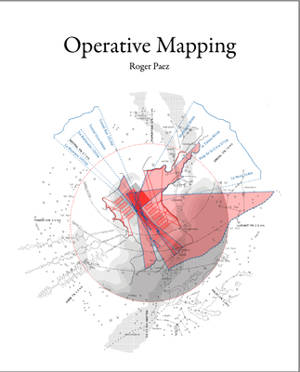
- Afhalen na 1 uur in een winkel met voorraad
- Gratis thuislevering in België vanaf € 30
- Ruim aanbod met 7 miljoen producten
- Afhalen na 1 uur in een winkel met voorraad
- Gratis thuislevering in België vanaf € 30
- Ruim aanbod met 7 miljoen producten
Zoeken
€ 69,45
+ 138 punten
Omschrijving
Operative Mapping investigates the use of maps as a design tool, providing insight with the potential to benefit education and practice in the design disciplines. The book's fundamental aim is to offer a methodological contribution to the design disciplines, both in conceptual and instrumental terms. When added to the resources of contemporary design, operative mapping overcomes the analytical and strictly instrumental approaches of maps, opening up the possibility of working both pragmatically and critically by acknowledging the need for an effective transformation of the milieu based on an understanding of pre-existing conditions. The approach is pragmatic, not only discussing the present but, above all, generating a toolbox to help expand on the objectives, methodologies and formats of design in the immediate future. The book joins together a review of the theoretical body of work on mapping from the social sciences with case studies from the past 30 years in architecture, planning and landscape design in the interest of linking past practices with future ones.
Specificaties
Betrokkenen
- Auteur(s):
- Uitgeverij:
Inhoud
- Aantal bladzijden:
- 324
- Taal:
- Engels
Eigenschappen
- Productcode (EAN):
- 9781948765077
- Verschijningsdatum:
- 3/03/2020
- Uitvoering:
- Hardcover
- Formaat:
- Genaaid
- Afmetingen:
- 210 mm x 260 mm
- Gewicht:
- 1496 g

Alleen bij Standaard Boekhandel
+ 138 punten op je klantenkaart van Standaard Boekhandel
Beoordelingen
We publiceren alleen reviews die voldoen aan de voorwaarden voor reviews. Bekijk onze voorwaarden voor reviews.











